#music lesson
Text
🥁Leçon de musique🐘
Source: Buttonwood Park Zoo
👋 Bel après-midi
#funny video#humour du jour#leçon de musique#buttonwood park zoo#funny animals#éléphant#cute elephant#tambour#drum#music lesson#funny elephant#animal#cute animal#bel après midi#fidjie fidjie
139 notes
·
View notes
Photo

The music lesson - Eric Hallström , n/d.
Swedish,1893-1946
Gouache and pastel , 46.5x 44 cm.
147 notes
·
View notes
Text
music theory lesson 1 - note names, clefs, and the staff
hello hello!! this is the start of my (hopefully weekly) music theory lessons!
todays focus is note names, clefs, and the staff, which are the foundation of western written music.
notes
western music is composed of 12 tones, or notes, which repeat in groups called octaves. when looking at a full 88 key piano, the notes start at A0 and end at C8. C is the "beginning" of each octave, with the octave number corresponding to each note being determined by which octave C is in.

the notes circle from A to G, with additional markings known as flats (♭) and sharps (♯) slightly changing the pitch. flats make it slightly lower, while sharps make it slightly higher. flats and sharps are grouped together as accidentals, and each accidental corresponds to a black key on the keyboard.
each note has a corresponding flat and a corresponding sharp, each with an enharmonic equivalent. enharmonic equivalents are when 1 pitch has two names to refer to it. these include:
C♯ and D♭
D♯ and E♭
E♯ and F
E and F♭
F♯ and G♭
G♯ and A♭
A♯ and B♭
B♯ and C
B and C♭
notice the orange in that list: why is it that one of the notes in each of those pairings is not accompanied by an accidental marking? this is because there is not room for those notes to be made higher (E, B) without it simply becoming the next note name (F, C). this is seen on the keyboard, as there is not a black key between B and C or E and F.
clefs and the staff
there are 4 main clefs in western music: treble, bass, moveable, and rhythm
the treble clef, also referred to as the "G clef", is the highest clef, and it looks like this:

this is where the staff comes in. the staff is what we call the lines and spaces you see in the above image; those lines and spaces tell you what note name you are playing or singing. the clef tells you what note corresponds with each line and space.
in treble clef, the 5 lines, from the bottom up, are E4, G4, B4, D5, and F5, while the four spaces are F4, A4, C5, and E5.
next is the bass clef. the bass clef is the lowest clef, and is also referred to as the "F clef". it looks like this:
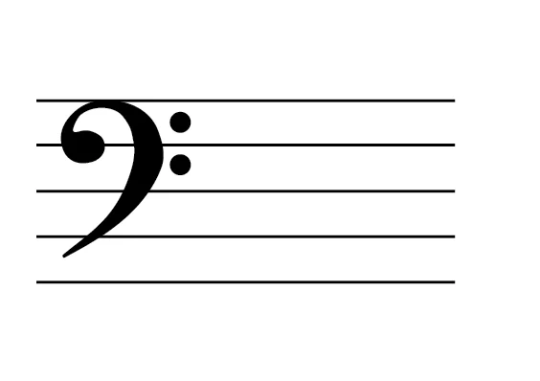
in the bass clef, the lines are G2, B2, D3, F3, and A3, and the spaces are A2, C3, E3, and G3.
these two clefs can be combined into something that is referred to as the grand staff, mostly seen in piano music. it looks like this:

but how are they connected? A3 doesn't connect to E4.
well, that's where these things called ledger lines come in. ledger lines are lines that are added above or below the staff to add more notes. this is a grand staff with notes connecting to each other:

"middle C" is also known as C4, which is how the two clefs meld so seamlessly.
next is the moveable clef, or the "C clef", which is a bit more complicated. the moveable clef looks like this:

the notes in the clef are determined by which line the center of the clef is on, and that line is always C. here are the most common examples:

the most commonly used moveable clef is the alto clef, which is pictured in the center. the viola of the string family reads in alto clef; the other clefs are not used nearly as often.
the final clef is the rhythm clef, which looks like this:
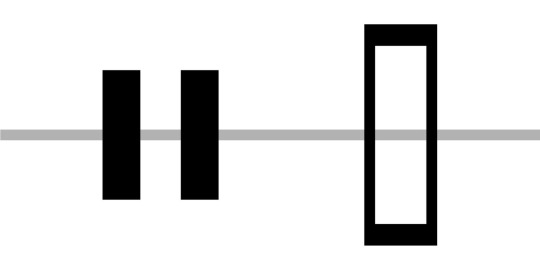
this clef is used for unpitched percussion instruments, such as the snare or bass drum. there is no actual staff, as there are no notes or pitches to be identified, only rhythms.
i hope this was helpful and/or enjoyable!! if you have any questions, feel free to ask them!!
#music theory#music#classical music#music lesson#music lessons#music theory lesson#music theory lessons#lesson 1
33 notes
·
View notes
Text
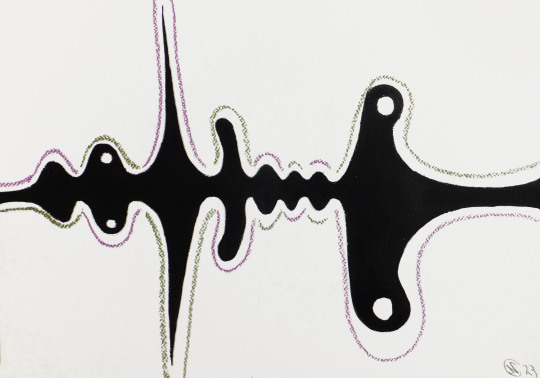
Music Lesson #5, 2023, acrylic and pastel on paper, 12 x 18 inches
#art#contemporary art#nicholaas chiao#brooklyn artist#contemporaryart#fine art#nicholas chistiakov#artwork#rhytm#musical#music lesson#abstraction#abstract art
8 notes
·
View notes
Note
LMFAOOO u say chris stapleton then MAYBE harry styles girl … u rlly are old fr 🤣🤣🤣
Awwww, you poor anon. It’s okay that you don’t know what good music is.
I’m trying to figure out how listening to Chris Stapleton means I’m old. 🤨🤔 The man just released his debut album in 2015.
And yes a maybe on Harry Styles. 🤷🏽♀️
Sweetie, go watch reactions to Chris Stapleton. My point is already made for me. He is a once in a lifetime singer and songwriter.
@heavyhitterheaux girl! Apparently being 30 is old! Sucks for taylor swift thing and Harry is turning 30 this year so someone better tell him that he will be old as hell now.
3 notes
·
View notes
Text
youtube
#new video#youtube#youtuber#youtube music#youtube video#music#music lesson#music tutorial#music education#musician#philosophy#free video#artist#songwriter#production#music producer#music production#edm#dnb#bassmusic#drum and bass music#bass
5 notes
·
View notes
Text
2 notes
·
View notes
Video
youtube
HIGHLY RECOMMEND SPEEDING VIDEO PLAYBACK UP I TALK AND PLAY VERY SLOW
VL;PR
HELLO TUMBLR I DONT KNOW HOW MUCH MORE TIME IM GOING TO SPEND HERE I WANTED TO SHARE MY MUSIC LESSON WITH YOU BEFORE I SAY GOODBYE.
IT IS BY AND FOR PEOPLE LIKE ME WHO DIDNT START PLAYING MUSIC UNTIL VERY LATE IN LIFE AND THINK THAT MUSIC IS SOME KIND OF MAGICAL ABILITY THAT SEEMS UNATTAINABLE
I have enjoyed the time I have spent on tumblr here, you’re all very special to me. life is too crazy for me to be spending so much time on social media these days , hopefully if things calm down i will be back in full force
#music#lesson#music lesson#bass#bass lesson#bass guitar#guitar#bass guitar lesson#jazz bass guitar lesson#jazz guitar lesson#bad#bad guitar#fail#failguitar#fail guitar#terrible#terribad#awful#worst#worst lesson ever#help#music help#good bye#goodbye
4 notes
·
View notes
Text
Why Learning to Play Other Instruments Will Make You a Better Guitarist
It might seem strange to suggest that mastering the trumpet would help you to become a better guitarist, but the honest truth is that there are plenty of reasons why improving your musical repertoire can and will help you to become a better guitarist – and musician – overall.
So, if you want to understand exactly what you might gain from putting down your guitar and picking up some drumsticks,…

View On WordPress
1 note
·
View note
Text
@bransles liked this for a starter!
Link's fingers danced carefully over the holes, playing a tune that while technically correct, did not have any life to it. If someone asked, he might have said it was because this song didn't have any magic associated with it, but he truthfully had not thought much about the ocarina beyond it's use as a tool for his quest.
He appreciated music though, especially when others played it, but for him, it didn't have a purpose beyond raw utility. Finishing the song, he pulled the instrument away from his mouth and looked expectantly up at the musician. Link had played it right, as far as he could tell.
0 notes
Text

The Banjo Lesson ○ Henry Ossawa Tanner ○ 1893
1 note
·
View note
Text
music theory lesson 2 - steps, major scales, and major keys
we're gonna ignore that i totally forgot about this. whoopsie.
todays focus is going to be how to apply the note names onto the staff in their simplest form!
lets start with establishing which note corresponds to each line on the staff. in treble clef, the lines are E, G, B, D, and F from the bottom up, and the spaces are F, A, C, and E. that looks like this:

in bass clef, the lines are G, B, D, F, and A, while the lines are A, C, E, and G, which looks like this:
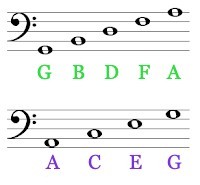
now that we've established that, we can move on to steps. lets start by looking at a keyboard:

each white key has a corresponding black key, sometimes two. those black keys are a half step above (to the right of) or below (to the left of) the white key. white keys are, for the most part, a whole step apart. however, in the case of B and E, the white key to the right (C and F respectively) is the corresponding half step, and vice versa.
a scale is a set arrangement of whole steps and half steps. that pattern stays the same depending on the type of scale, even as the root (base) note changes. today, we're focusing on a major scale. the pattern for a major scale is WWHWWWH.
lets look at a C major scale, both on the piano and on the staff:

the pattern applies here, just as it does for all major scales. C to D is a whole step, D to E is a whole step, E to F is a half step, F to G is a whole step, G to A is a whole step, A to B is a whole step, and B to C is a half step.
there is a major scale for each note, which means that there are 12 total major scales. each one of them follows the WWHWWWH pattern, even if some look more complex than others.
next up is major keys. the key tells you what accidentals to play in a piece of music via a key signature, which is found immediately after the clef. it looks like this:

there are a few ways to learn keys, but the traditional method is using the circle of fifths, pictured below.

this demonstrates how many sharps or flats are in each major key signature. for example, in A major, there are 3 sharps.
now, it's time to learn the order of the sharps and flats. there is a pneumonic i was taught, as it works both ways.
the order of sharps is F♯, C♯, G♯, D♯, A♯, E♯, and B♯. the pneumonic is Father Charles Goes Down And Ends Battle.
the order of flats is B♭, E♭, A♭, D♭, G♭, C♭, and F♭. the pneumonic is Battle Ends And Down Goes Charles' Father.
if you have any other pneumonics or ways of remembering the order, feel free to let me know!! and if you have any questions, you can always ask!! see you next time :>
#music theory#music#classical music#music lesson#music lessons#music theory lesson#music theory lessons#lesson 2
13 notes
·
View notes
Text
youtube
NEW VIDEO IS OUT!
#tutorial#music#music lesson#musician#music producer#music tut#music tutorial#hip hop#edm#edm music#hip hop music#dnb#drum n bass#drum and bass#bass#eq#equalization#equalizer#music education#education#teacher#music lessons#sample packs#sample pack#Youtube
1 note
·
View note
Text
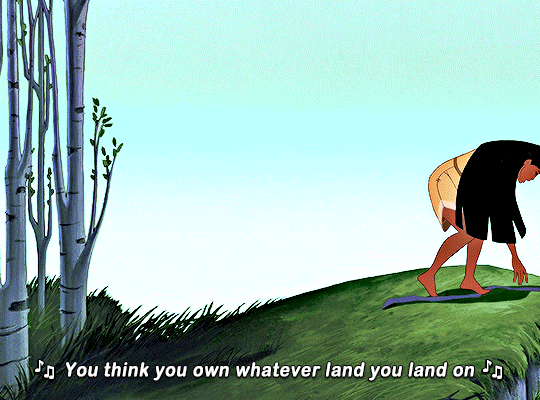

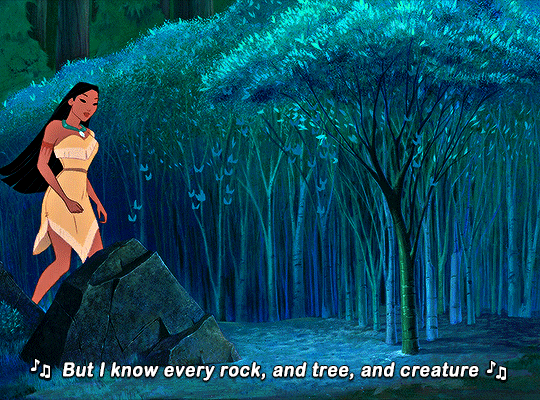

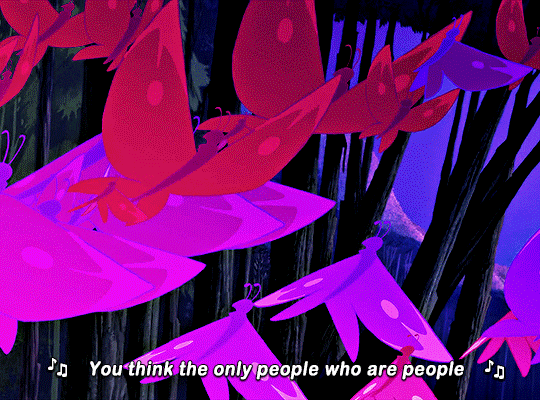
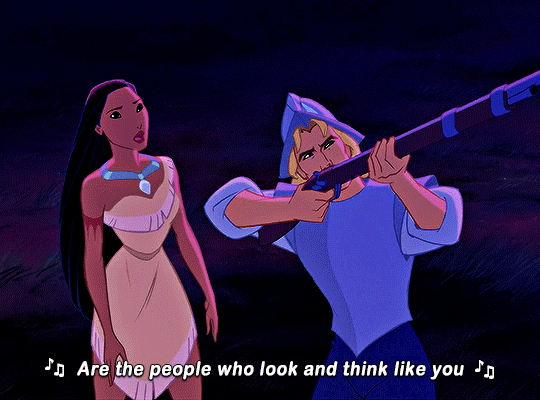
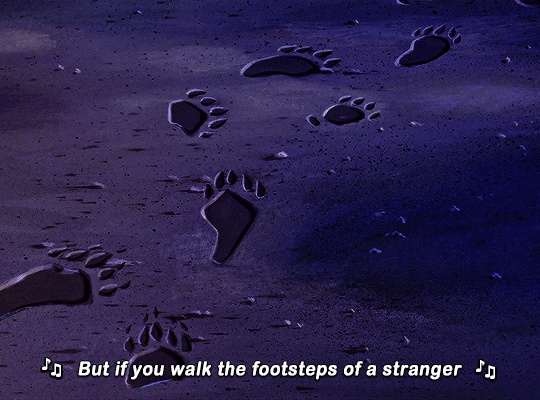
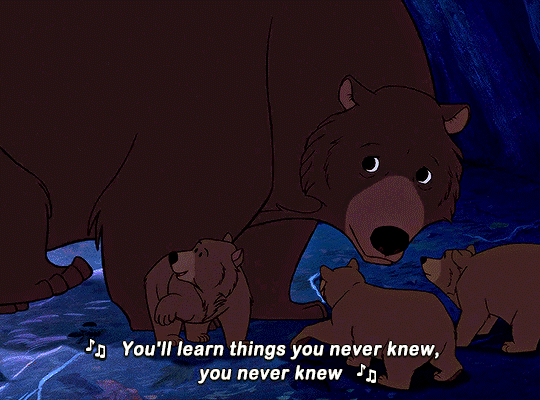
POCAHONTAS (1995) dir. Mike Gabriel and Eric Goldberg
#pocahontasedit#pocahontas#filmedit#animationedit#usersugar#disneyedit#userdre#userrobin#usermegara#underbetelgeuse#useraurore#fyeahmovies#fyeahdisney#cinematv#cinemapix#gifs*#disney#the way I cry when I watch this just about every time it evokes so much emotion + the animation is just beautiful#having grown up on this film feels very formative#no one retained the lesson of colors of the wind apparently I'm disturbed by the continued relevancy of this musical number#this is the best disney film of all time unfortunately... yes it's superior to hercules I'm so sorry
2K notes
·
View notes
Text
youtube
NEW VIDEO IS OUT!!!
#youtube#youtube video#youtuber#youtube channel#music#music tutorial#tutorial#music production#music producer#producer#ableton#fl studio#how to#musician#music lessons#music lesson
3 notes
·
View notes